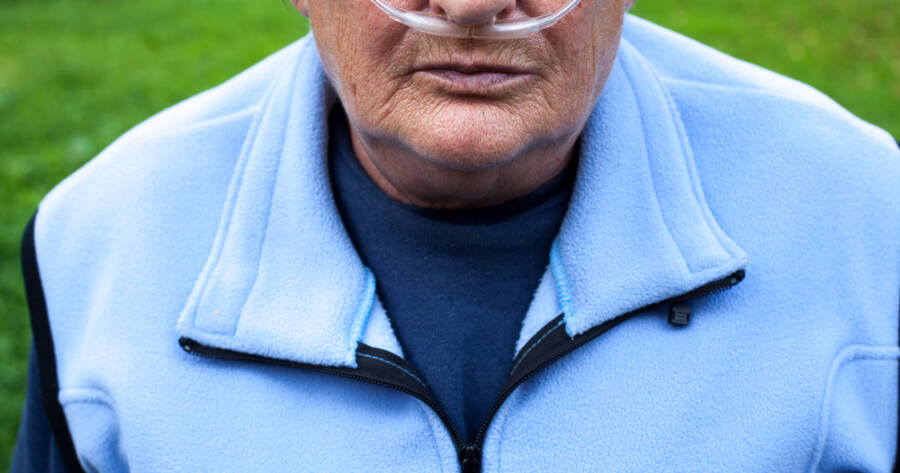Portable oxygen concentrators (POCs) help people with respiratory conditions maintain an active lifestyle by providing oxygen therapy without the need for heavy tanks. Unlike traditional oxygen systems, these devices filter and concentrate oxygen from surrounding air, offering a more convenient and travel-friendly solution. With many options available, understanding features, costs, and purchase options can help you choose the right device.
Why Choose a Portable Oxygen Concentrator?
POCs offer many benefits over traditional oxygen tanks. They are lightweight, easy to carry, and designed for people on the move. Unlike tanks that require refilling, POCs pull in air, remove nitrogen, and deliver purified oxygen. This makes them a reliable option for daily use and travel. Many models also come with FAA approval for airline travel, ensuring greater mobility for users.
Additionally, these devices are battery-powered or plug into wall and car outlets, providing continuous oxygen when needed. Some models offer both pulse dose and continuous flow settings, catering to different medical needs.
Key Factors to Consider When Choosing a POC
Selecting the right POC depends on several factors:
- Oxygen flow rate: Some models provide pulse dose oxygen delivery, which releases oxygen when you inhale, while others offer continuous flow. Pulse dose is suitable for most users, while continuous flow may be required for specific medical conditions.
- Battery life: Battery life varies between models. Some last up to 10 hours on a single charge, while others may require extra battery packs for extended use.
- Size and weight: Most POCs weigh between 4 and 10 pounds, making them easier to carry than traditional oxygen tanks.
- Noise level: Some devices are quieter than others, which is important for those who want discreet oxygen therapy in public places.
How Much Do Portable Oxygen Concentrators Cost?
POCs generally range in price from $2,000 to $4,000, depending on the model, features, and accessories included. Newer models with extended battery life and higher oxygen output tend to be more expensive. However, some insurance plans and Medicare may cover part of the cost if deemed medically necessary.
Additional costs may include replacement filters, extra batteries, or service warranties. Renting a POC is another option for those who only need oxygen therapy temporarily or wish to try a model before purchasing.
Where to Buy a Portable Oxygen Concentrator?
POCs are available through medical supply companies, online retailers, and manufacturers like Inogen. Some suppliers offer financing options, allowing buyers to pay in installments rather than covering the full cost upfront.
It’s also important to check if a prescription is required before purchasing. Most POCs need a doctor’s approval to ensure the device meets medical requirements. Shopping from a reputable source ensures warranty coverage and access to customer support.
Breathe Easier
Portable oxygen concentrators provide a practical solution for those needing oxygen therapy without sacrificing mobility. By considering factors like oxygen flow rate, battery life, and cost, you can find a device that meets your lifestyle and medical needs.
Checking insurance coverage and purchasing from a trusted supplier can also make the process smoother. With the right POC, staying active and independent becomes much easier.

